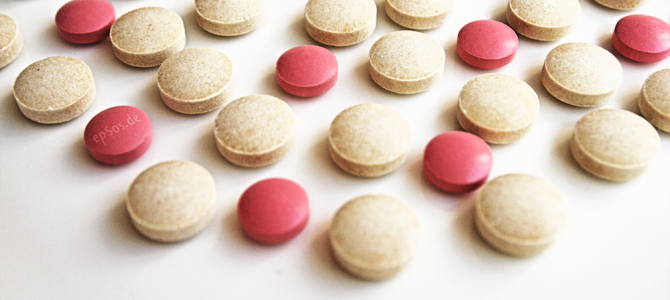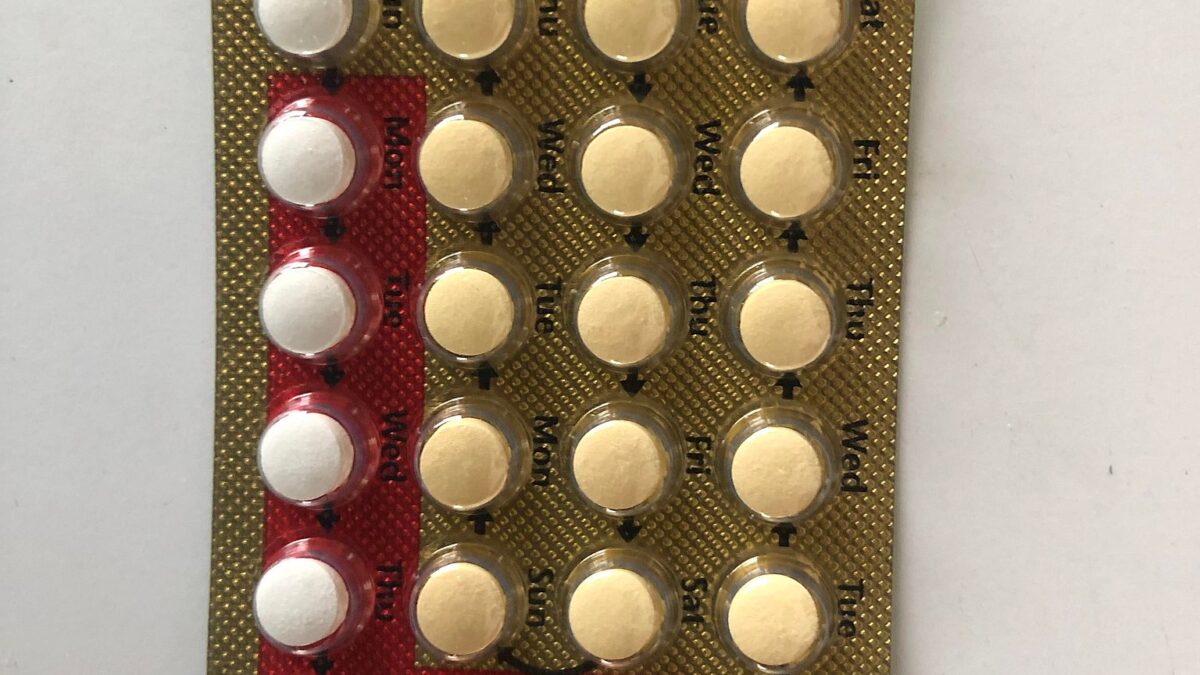
Bacteria, viruses, and parasites are growing ever more resistant to the drugs that have been developed to combat them. In fact, this resistance—known as antimicrobial resistance—has surged into a public health nightmare around the world. Annually, at least 700,000 people die from drug-resistant diseases, and that number is expected to increase to 10 million deaths per year by 2050 if nothing is done. At present, the incentives to get something done are so misaligned it’s a frightening possibility.
It hits home more often than we know. In the United States, antimicrobial resistance causes more than 2 million infections and 23,000 deaths per year—the equivalent of a Boeing 747 crashing each week. Just days ago, Sen. Chuck Schumer of New York called for the Centers for Disease Control and Prevention (CDC) to declare a state of emergency over a fast-spreading outbreak of Candida Auris, a drug-resistant fungus that has infected more than 600 New Yorkers in health centers.
The CDC says “Antibiotic resistance is one of the greatest public health challenges of our time.” There is no slowdown in sight, as more and more antibiotics lose their effectiveness each year. So why aren’t more pharmaceutical companies, research institutions, medical centers, and government agencies doing something about the growing crisis? Unlike other areas of health care, why are there no races for cures, no movie-star endorsements, or cute symbols to pin on clothing about antimicrobial resistance? The answer includes an array of problems from lack of awareness, both among patients and clinicians, as well as funding and incentives to do research.
Because of this growing emergency, the United Nations created the Interagency Coordinating Group on Antimicrobial Resistance, and published a report with international agencies and experts noting that without immediate global action, the crisis of drug-resistant bacteria and viruses could lead to an economic catastrophe as bad as the 2008-2009 global financial crisis, and by 2030 could force as many as 24 million people into poverty.
Antimicrobial Resistance Is a Pervasive Problem
Hospitals are a root cause of breeding antibiotic-resistant bacteria. Thus, many blame the overuse of antimicrobials and antifungals as a means of increasing resistance. But because antimicrobials vary from antibiotics to antivirals to antifungals and antimalarials, understanding what they do can be hard for any layperson or even medical professional. Additionally, the broad range of antimicrobials makes prescribing them incorrectly very easy for health providers.
Further, doctors are incentivized to use the cheapest generic drugs available within the hospital, and it is the overuse of these drugs that drives increased resistance. Newer, branded drugs cost more, are less known, and are not readily available, despite having a better chance of effectively treating a resistant infection. Therefore, it’s not easy for providers or patients to learn about the impact—or lack thereof—of those drugs currently prescribed. Add in that many antimicrobials are used on plants and animals in our global agriculture practices, and we’re exposed in ways that transverse the health care system.
Even more frightening than exposure are the major challenges associated with a lack of research and development (R&D) in pharmaceutical pipelines, since the private sector is financially disincentivized to create new antibiotics. Think about how quickly things mutate and how much it costs to keep up (in addition to normal R&D costs), and it’s easy to see why there isn’t financial motivation for large pharma companies to invest in antimicrobials.
The predicament is further exacerbated by extreme attrition in R&D, as well as big pharma exiting from the market. In fact, only six of the top 50 drug companies in the world are still developing antimicrobials. That means globally we’re left with primarily newer and smaller pharma companies in the space.
At present, it is projected that 80 percent of antimicrobial products in development are being created by small companies. Because antibiotics have a very slow commercial uptake, they typically don’t achieve meaningful revenue until just before the expiration of their patent. Rapid resistance can also result in discontinuing sales before peak revenues are achieved—which to date has meant bankruptcy for a lot of these smaller companies.
Policymakers and Pharma Can Lead the Way
Clearly, the models for creating and distributing antimicrobials, and market failures that have led us to this status quo, have to change—and quickly. During the recent annual Milken Institute global conference there was growing discussion about extending drug exclusivity for drug makers.
This means that instead of the present five-year market exclusivity for with developing a new chemical, companies could get longer patents to help ensure that they can see the products recoup some of the R&D costs. This initial five-year exclusivity was a great start from the Generating Antibiotics Incentives Now (GAIN) Act in 2012, which created an expedited pathway for approval of antimicrobials.
This could be a necessary step, not only so pharmaceutical researchers don’t file bankruptcy but also to give working drugs longer shelf lives. That’s because of the catch-22 in the antimicrobial world: the less a drug is administered, and to the fewest people (who most desperately need it), the more effective it will be. So here in the United States, more work like the Reinvigorating Antibiotic and Diagnostic Innovation (READI) Act needs to move forward, providing tax credits for clinical testing expenses for qualified infectious disease drugs and rapid-diagnostic tests.
But this catch-22 goes against everything in the normal drug development framework. And true creativity is not often incentivized in R&D. So the real incentives need not come from government, but from the pharma companies—big and small—and their partner organizations.
Public-private partnerships are one way to potentially offset the great risk associated with this kind of research. Medical professionals across the world also have to get better at understanding the implications of their dissemination of antimicrobials, before it’s too late.









